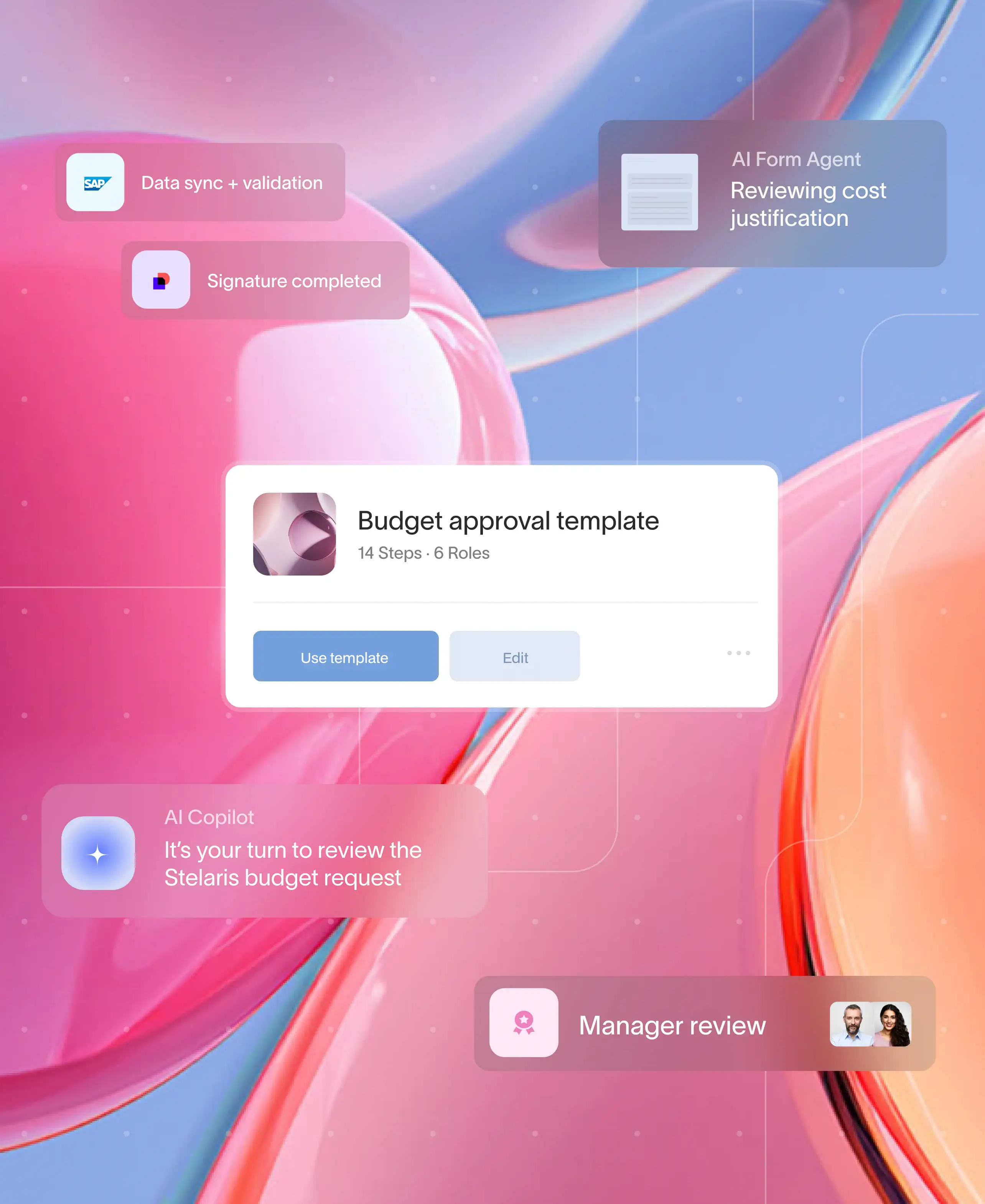.jpg)
Acquiring and onboarding new clients is a critical process for bookkeeping and accounting firms. Effective onboarding ensures that new clients are smoothly integrated into your system, which sets the tone for a successful and long-term professional relationship. A well-structured client onboarding process helps in understanding their needs, gathering essential information, and ensuring compliance with financial regulations. This not only boosts client satisfaction but also enhances operational efficiency.
What is a client onboarding checklist
A client onboarding checklist is a comprehensive list of tasks and documents required to successfully onboard a new client. Bookkeeping and accounting client onboarding checklist helps in gathering necessary financial information, setting up accounts, and ensuring that all legal and regulatory requirements are met. It serves as a step-by-step guide to ensure that no critical steps are overlooked during the onboarding process.
Why do accounting firms need a bookkeeping client onboarding checklist
Accounting firms need a bookkeeping client onboarding checklist to streamline the client onboarding process, minimize errors, and enhance client experience. This checklist ensures that all necessary steps are followed meticulously, which helps in:
- Reducing the time spent on manual processes.
- Ensuring compliance with financial regulations.
- Enhancing accuracy in data collection.
- Providing a structured approach to client onboarding.
- Improving client satisfaction and retention.
Comprehensive 8-step checklist for onboarding bookkeeping clients
Here's a comprehensive bookkeeping client onboarding checklist to ensure a smooth onboarding process for bookkeeping and accounting clients:
- Initial client meeting
- Onboarding to client portal
- Client information collection
- Legal and compliance documentation
- Setup accounting system
- Data migration and reconciliation
- Customize reporting and dashboard
- Training and support
- Review and feedback
Step 1: Initial client meeting
The initial client meeting is critical as it sets the foundation for your professional relationship. This meeting helps in understanding the client's needs, goals, and expectations.
- Schedule an initial consultation with the client.
- Discuss client needs, goals, and expectations.
- Explain your services and onboarding process.
- Provide a welcome packet with necessary forms and information.
Step 2: Onboarding to client portal
Integrating the client into a client portal enhances communication and provides a centralized location for all necessary documents and updates.
- Create a client account on the portal.
- Provide login details and a quick guide on how to use the portal.
- Upload initial documents and agreements to the portal.
- Schedule a walkthrough session to demonstrate the portal's features.
Step 3: Client information collection
Collecting detailed client information ensures you have all the necessary data to set up their accounts and begin your work.
- Collect basic client information (name, address, contact details).
- Obtain business details (business name, structure, industry).
- Gather financial information (bank statements, previous financial reports).
Step 4: Legal and compliance documentation
Ensuring all legal and compliance documentation is in order is essential for regulatory adherence and protecting both parties.
- Verify client identity and business registration documents.
- Obtain a signed engagement letter or contract.
- Ensure compliance with KYC (Know Your Customer) and AML (Anti-Money Laundering) regulations.
- Collect W-9 or other necessary tax forms.
Step 5: Setup accounting system
Setting up the accounting system correctly is vital for accurate bookkeeping and financial reporting.
- Create client profiles.
- Configure access permissions for client and team members.
Step 6: Data migration and reconciliation
Migrating and reconciling data ensures that the new system has accurate and up-to-date financial information.
- Import historical financial data.
- Reconcile initial account balances.
- Verify accuracy of imported data.
Step 7: Customize reporting and dashboards
Customizing reports and dashboards according to client needs allows for better financial management and decision-making.
- Customize financial reports according to client needs.
- Schedule regular financial review meetings.
Step 8: Training and support
Providing training and ongoing support ensures that clients are comfortable with the new system and can use it effectively.
- Provide training sessions for clients on how to use the accounting system.
- Offer ongoing support and troubleshooting assistance.
- Establish communication channels for client queries.
Step 9: Review and feedback
Regular reviews and feedback sessions help in improving the onboarding process and addressing any client concerns.
- Schedule a follow-up meeting to review the onboarding process.
- Collect client feedback and make necessary adjustments.
- Ensure continuous improvement of the onboarding process.
After all the steps are completed, we can have an infographic that covers all the steps in a flow chart format. Can we have that implemented?
A client onboarding solution helps to ease the onboarding process by automating routine tasks, securely collecting and storing documents, and maintaining a secure audit trail.
Streamline your onboarding with Moxo
Moxo’s collaborative workflow platform offers an all-encompassing solution to streamline your bookkeeping and accounting client onboarding process. With Moxo, you can automate routine tasks, securely collect and store documents, and maintain a secure audit trail. Moxo's automated workflows and high-grade security features ensure that every step of the onboarding process is seamless and compliant with financial regulations. By using Moxo, accounting firms can minimize manual errors, enhance client satisfaction, and improve operational efficiency. Get in touch here.
Conclusion
A well-defined bookkeeping and accounting client onboarding checklist is essential for ensuring a smooth and efficient onboarding process. It helps in gathering accurate information, meeting compliance requirements, and setting the foundation for a successful client relationship. Implementing a structured onboarding process not only saves time but also enhances client satisfaction and retention. By following this comprehensive bookkeeping client onboarding checklist, accounting firms can ensure a seamless transition for new clients, enhancing overall efficiency and satisfaction.
FAQs
What is the purpose of a client onboarding checklist?
A client onboarding checklist ensures that all necessary steps and documentation are completed during the onboarding process, enhancing accuracy and compliance.
How does a client onboarding checklist benefit bookkeeping and accounting firms?
Onboarding checklist streamlines the bookkeeping onboarding process, reduces errors, ensures compliance with regulations, and improves client satisfaction.
What should be included in a bookkeeping client onboarding checklist?
A bookkeeping client onboarding checklist should include initial client meetings, information collection, legal documentation, accounting system setup, data migration, customized reporting, training, and feedback.
How can Moxo help in the bookkeeping client onboarding process?
Moxo provides a comprehensive platform to automate tasks, securely store documents, and maintain compliance, ensuring a smooth and efficient bookkeeping client onboarding process. Get in touch with us to learn more.





